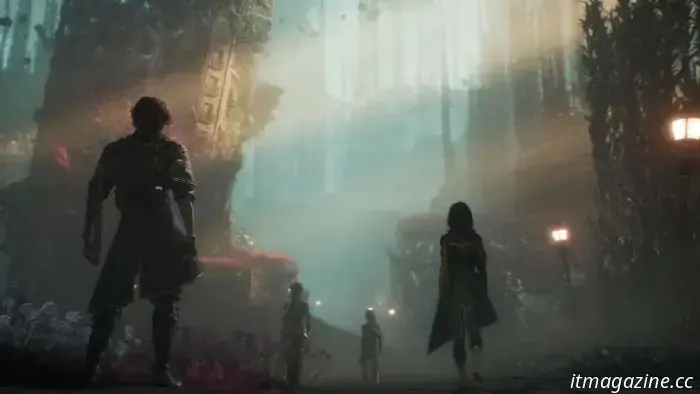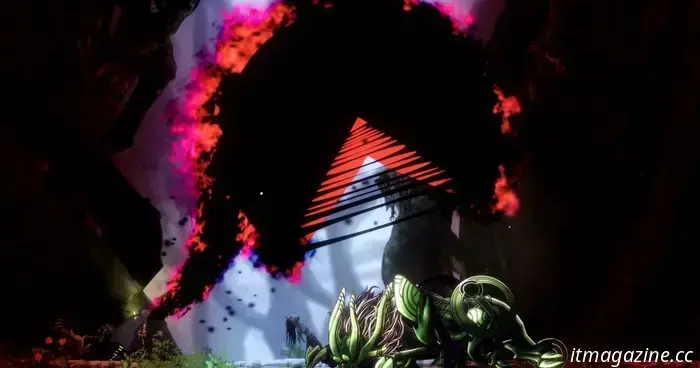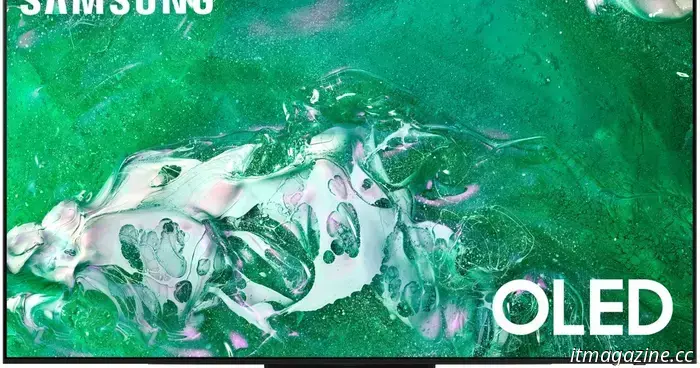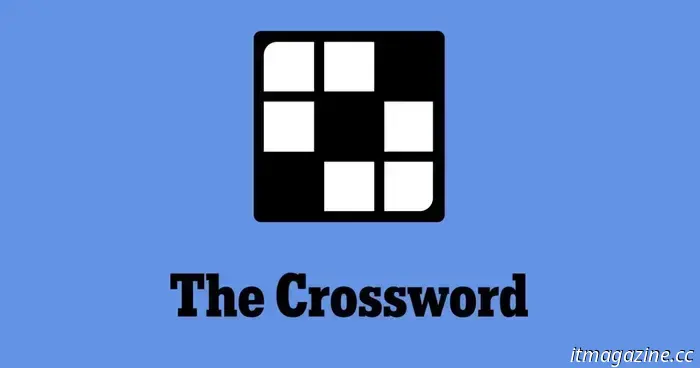
Clair Obscur: The essence of Expedition 33 lies in its style.
From its opening shot of the Eiffel Tower contorted within itself, Clair Obscur: Expedition 33 seeks to convey its distinctly French essence, albeit with a hint of distortion. This turn-based RPG revels in the visual style of its developer, Sandfall Interactive’s homeland, which helps set it apart from its many notable influences. As a narrative centered on death and grief, it naturally invites comparisons to genre giants like Final Fantasy X and Lost Odyssey. While the themes may echo one another, can we ever imagine Tidus donning a beret? I don’t think so.
Much of the pronounced French aesthetic in Clair Obscur may appear to be a superficial layer. Nonetheless, Sandfall Interactive’s embrace of the Belle Époque style enriches this dark fantasy interpretation of France. With a little knowledge of French history, it becomes evident that this is not simply a matter of style overshadowing substance — the style itself embodies the substance.
This article includes spoilers for Clair Obscur: Expedition 33.
Dressed to impress
The prologue of Clair Obscur: Expedition 33 carries much of the narrative weight. In under an hour, we meet the main characters and learn about the world’s stakes. Each year, the inhabitants of Lumiére endure the Gommage, an event triggered by a godlike entity known as the Paintress, who appears annually to paint a diminishing number in the sky, condemning anyone older than that figure to death immediately. To halt the relentless cycle of death, yearly volunteers embark on an expedition to confront the Paintress. That’s us.
Emotionally charged, the prologue also establishes the game’s central aesthetic. Lumiére, featuring iconic landmarks like the Eiffel Tower and the Arc de Triomphe, is a slightly altered reflection of real-world Paris. The most notable difference is the specific vision of Paris that Clair Obscur aims to replicate. City streets adorned with structures blending Art Nouveau and Neoclassical architecture point to a Paris of the Belle Époque.
The Belle Époque, literally translating to "the beautiful age," refers to a period in French history from 1871 to 1914 (the starting year is debated, but the endpoint is not). A more precise timeframe for Clair Obscur’s pseudo-Paris can be suggested through the presence of the Eiffel Tower (completed in 1889) and fashion characterized by tailored suits for men and shirtwaist and skirt combinations for women. Collectively, Lumiére represents Paris just before the dawn of the 20th century.
What does all this mean for the world of Clair Obscur? Initially, not much. As the titular expedition ventures beyond the safety of Lumiére into a monster-ridden continent, that striking Belle Époque style becomes nearly absent from the surroundings. For hours at a stretch, we encounter only scattered remnants of buildings that were once part of Lumiére, while our characters navigate a typical apocalyptic fantasy landscape.
The absence of that Belle Époque ambiance may indeed serve a purpose. The reason this era looms large in the collective memory — especially in France — is that it symbolized a time of peace, advancement, and hope. All these traits seem almost contradictory to the world of Clair Obscur, which is characterized by stagnation and perpetual loss; yet they are intrinsically linked.
Contrasting the Belle Époque aesthetic with the harsh realities of Clair Obscur underscores precisely what the expedition strives to achieve. Gustave, Maelle, and their companions may not experience the same peace and prosperity as their "real" counterparts, but it serves as a template for what they are fighting for. As they journey further from home, they lose tangible reminders of their motivations for embarking on this mission. All that remains is the aspiration and their hope. Through this lens, Clair Obscur emphasizes the importance of optimism, even when it appears irrational.
However, much like the story of Clair Obscur itself, the Belle Époque aesthetic is far from straightforward. Though it represents a time marked by optimism and peace, it conceals a much darker reality that ties it more intricately to the grim world of the game. The term Belle Époque, and what it represents as a specific period, was not used during the era itself.
“The term … was adopted by public opinion after the First World War,” historian Dominique Kalifa notes, “This transfer and the birth of the myth can be easily explained as the phenomenon of a generation that had known terrible suffering, lost the best of itself, along with its illusions, and tried to forget the blood and mood from 1914-1918 by exalting the long period of peace and stability that had preceded it.”
The Belle Époque is a fictional construct driven by nostalgia for a time before hardship, a time that, at least in the minds of those who coined the term, must have seemed superior to what followed the war. A late revelation in Clair Obscur indicates



Other articles
 Shadow Labyrinth may succeed with its unconventional selling point.
On paper, Shadow Labyrinth may seem strange, but we were impressed by what we experienced during our initial hands-on demo.
Shadow Labyrinth may succeed with its unconventional selling point.
On paper, Shadow Labyrinth may seem strange, but we were impressed by what we experienced during our initial hands-on demo.
 This week, the Samsung 55-inch S90D OLED is discounted by $800.
The Samsung 55-inch S90D 4K OLED is available this week for just $1,200. You can buy it at B&H Photo-Video or Samsung to benefit from this fantastic offer!
This week, the Samsung 55-inch S90D OLED is discounted by $800.
The Samsung 55-inch S90D 4K OLED is available this week for just $1,200. You can buy it at B&H Photo-Video or Samsung to benefit from this fantastic offer!
 NYT Connections: clues and solutions for Saturday, May 17.
NYT Connections: clues and solutions for Saturday, May 17.
 The 65-inch LG G3 OLED TV typically costs $3,300, but this refurbished model is priced at $1,000.
The 65-inch LG G3 OLED 4K TV, which was originally priced at $3,300, can be purchased at Best Buy for just $1,000, provided you are okay with a refurbished unit.
The 65-inch LG G3 OLED TV typically costs $3,300, but this refurbished model is priced at $1,000.
The 65-inch LG G3 OLED 4K TV, which was originally priced at $3,300, can be purchased at Best Buy for just $1,000, provided you are okay with a refurbished unit.
 This HP Pavilion laptop is an amazing deal at 55% discount — act fast!
The HP Pavilion 16t laptop is a dependable option for work or school, and it's presently being offered directly by HP at under half its original price, following a discount of $670.
This HP Pavilion laptop is an amazing deal at 55% discount — act fast!
The HP Pavilion 16t laptop is a dependable option for work or school, and it's presently being offered directly by HP at under half its original price, following a discount of $670.
 NYT Crossword: solutions for Saturday, May 17
NYT Crossword: solutions for Saturday, May 17
Clair Obscur: The essence of Expedition 33 lies in its style.
Clair Obscur: Expedition 33 employs the imagery of the Belle Époque period to strengthen its themes of hope and sorrow.
